#shintai
Explore tagged Tumblr posts
Text

3 3 3
0 notes
Photo

Go-Shintai of Life's Origin
Artist: Alexander Mokhov TCG Player Link Scryfall Link EDHREC Link
#mtg#magic the gathering#tcg#$5.52#alexander mokhov#go-shintai of life's origin#neon dynasty commander#legendary#enchantment#creature#shrine
36 notes
·
View notes
Text
As far as I can tell, there are only nineteen ways to win in 20 Ways to Win.












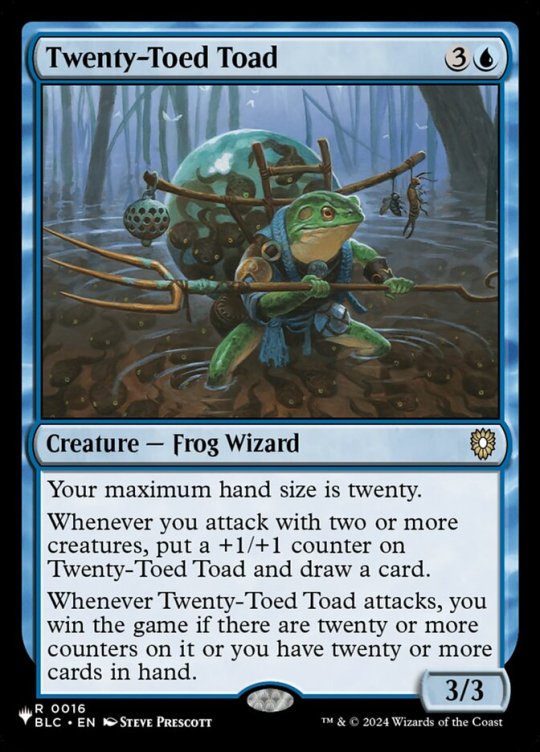
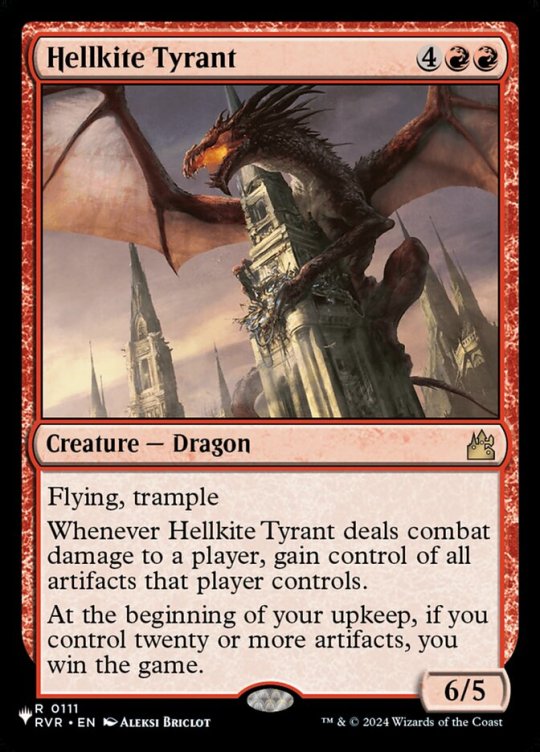
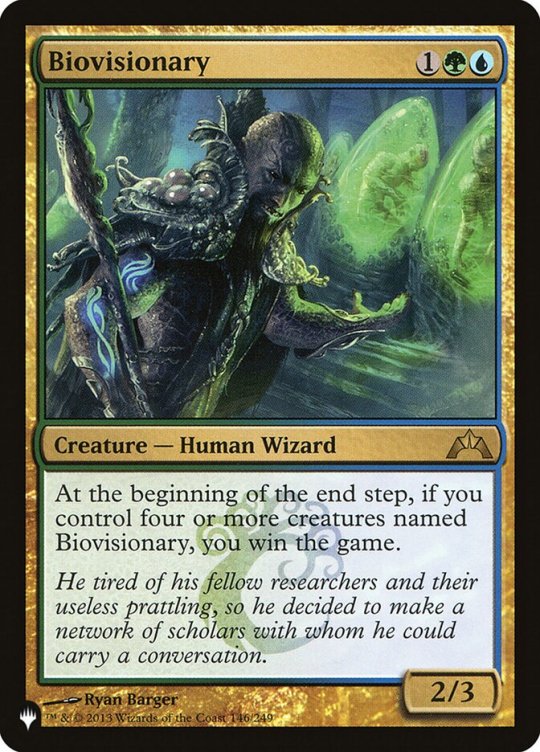
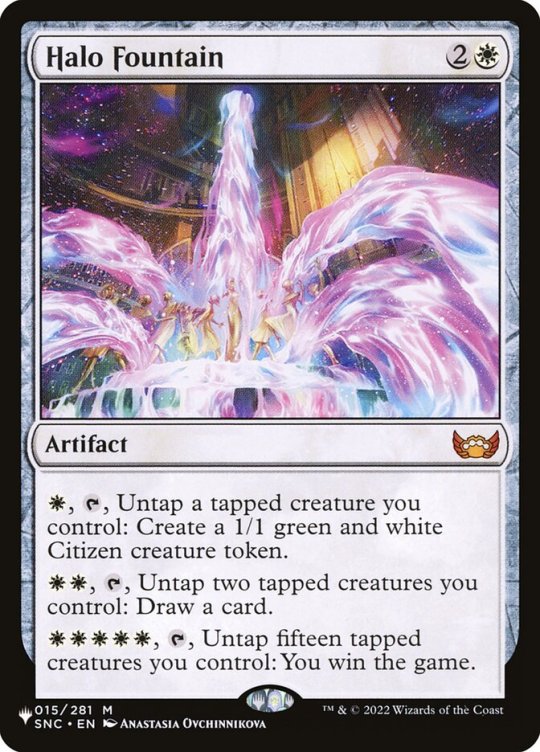
(Also counting mill, commander damage, and normal damage)
#this deck looks like ass btw#like i know it's a gimmick so it's not gonna be good but. go-shintai?#not omnath locus of all? or ramos?#am excited to finally get a kynaios and tiro reprint though
25 notes
·
View notes
Text
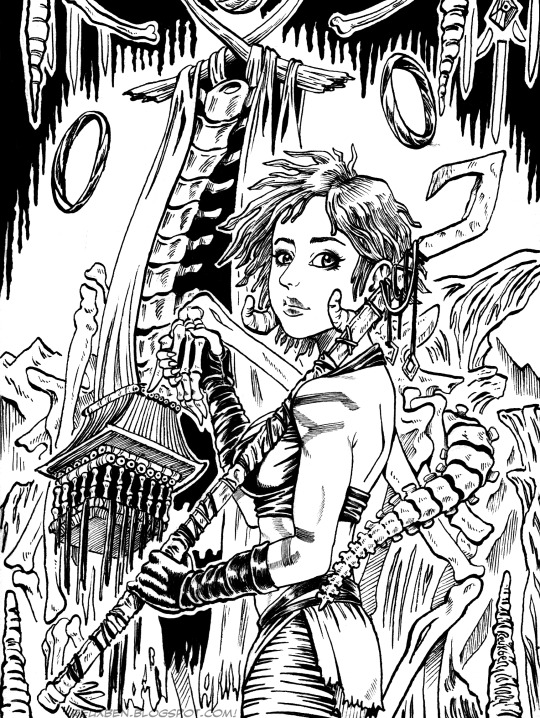
Here’s our MTGinktober for “Nomadic,” starring Ayli, Eternal Pilgrim and Go-Shintai of Hidden Cruelty! It's easy to be a wandering cultist when your shrine can travel with you..
Click this post’s Source link for this piece’s Making-Of.
More MTGinktober here.
Daily art updates on Instagram, Twitter, and Bluesky.
Reuxben
#Reuxben#MTGinktober#Inktober#Magic: The Gathering#Ayli Eternal Pilgrim#Go-Shintai of Hidden Cruelty#Kamigawa#Zendikar#Kor#Sanctum of Stone Fangs#Go-Shintai of Shared Purpose#Algenpfleger#MTG Fan Art#Traditional Art#Black and White#Illustration#Artists on Tumblr
24 notes
·
View notes
Text
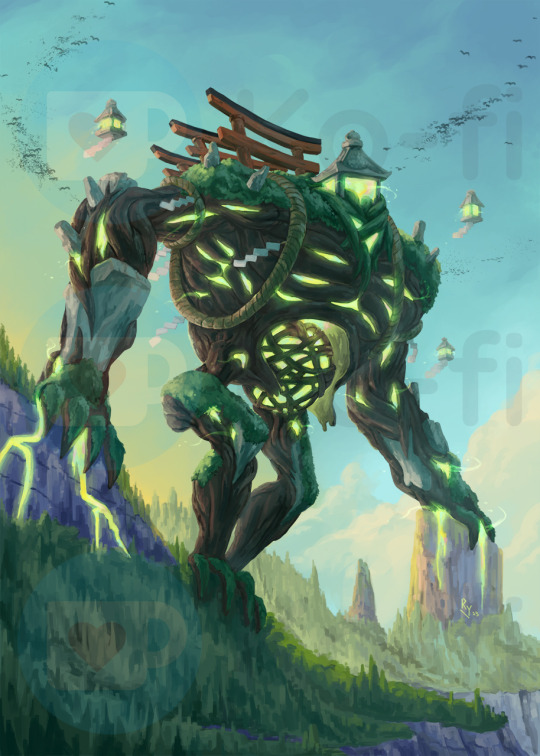
Fanart - Go Shintai of Life's Origin
After a month, I release Ko-Fi exclusive work for public viewing! (With some modifications, understandably.)
To read more about the process, go here (available with a one-time tip or a subscription)!
#reubenyeoart#kofi#digital art#fantasy art#fanart#illustration#magic the gathering#kamigawa#go shintai#kami
84 notes
·
View notes
Text

Made some art for mine and my friends favorite commanders we play.
#mtg#magic#magic the gathering#cards#commander#art#ziatora#ziatora the incinerator#kibo#monkey#go-shintai#go-shintai of lifes origin#kibo uktabi price#greasefang#greasefang okiba boss
6 notes
·
View notes
Text
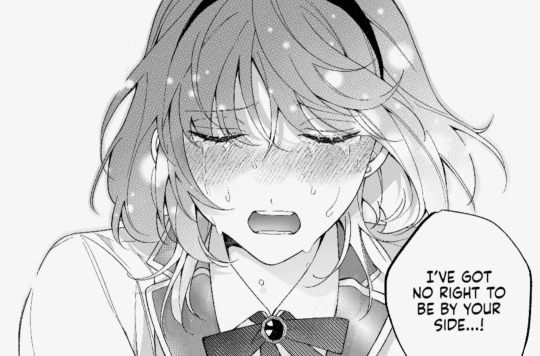
#manga#Chuuken Bodyguard ga Nisemono Reijou no Uso to Shintai wo Abaku made#Until the Obedient Bodyguard Exposes the Body and the Lie of the Fake Lady#josei#isekai#mangacaps#edits#black and white#blueraimo
31 notes
·
View notes
Text

good correction by sam re: okuu being a shrine. she is not a shrine, and she might be kind of a shikigami. thank you for knowing more about how things work than i do
#i feel like okuu was already always like that though tbh. you can't live in old hell without some desire to destroy the surface#also legit question though would this mean that the palace of earth spirits is a shrine then (a place that houses a shintai)
29 notes
·
View notes
Text
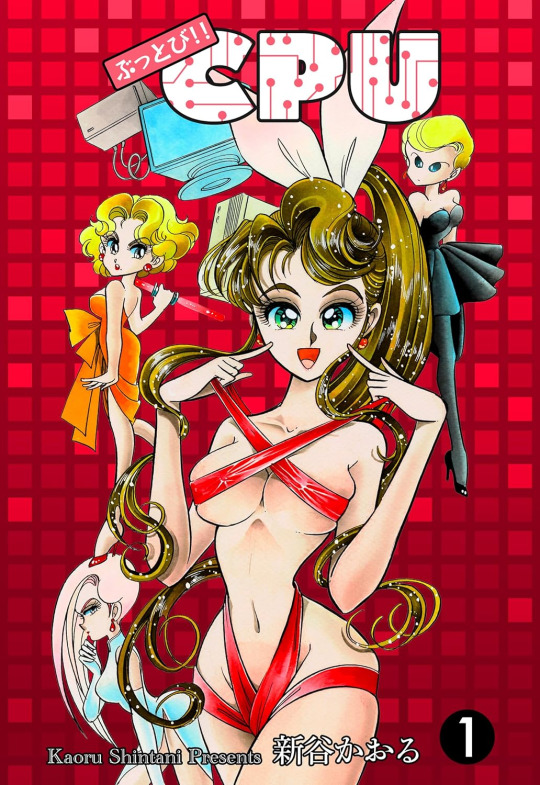

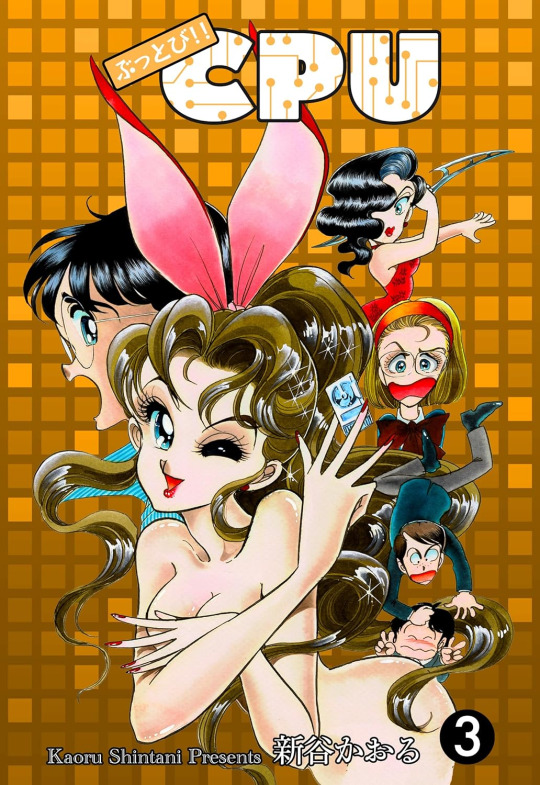
Buttobi!! CPU[ぶっとび!!CPU]
0 notes
Text
the most reasonable card here is nazuna bruh





this is what i was doing over the last day
#i would tweak if i played against any of these#also i wouldnt even build them c theyre so expensive i play maximum 5 mana commanders like golos is alr expensive and before u come at me#for playing golos i know hes banned in commander but i still play him in brawl#i built him with a lot of lands and ramp as well as blinks for land tutoring and and i built it against my behated go-shintai so exiling#enchantment and graveyard exiling and then also big mana rn my favs are expropriate ghalta serra's emissionary ramos and imoti but i think#i'll switch out most of the other ones for eldrazi for synergy or maybe slivers but i was thinking eldrazi#i also need to add “shuffle into deck” cards#yeah i love golos tireless pilgrim ! i also play giada font of hope and elesh norn mother of machines i wont take it personally if you say#that im annoying
68 notes
·
View notes
Text
Planning an Exalted campaign has me absolutely DRIPPING with blorbos. I've got so gottdamb many fucked up little bitches scrambling around in my brain to the tunes of various songs I use for inspiration. You dont even know. You dont even KNOW. Ask me about my exalted oc's. Unless you're in my campaign. YOU will find out soon enough.
#ask me about how im handling shintai forms in 3e#ask me about Insolent Warrior-Poet Bereft of Cathartic Proclamations#ask me about Second Day Weekly Solution#ask me about my plans for Little Beam#ask me about the potato god i found#ask me about giving my stupidest battles to my goofiest deathlord#ask me about the thematic associations of my player characters' antagonistic foils#ask me about why im typing this instead of reading the fucking dragonblooded social charms like i need to be doing#exalted
1 note
·
View note
Note
Actually I lied, you're not just incredible. You're incredible and awesome and cool and amazing and
Fun Fact: The "what's a virgin" bit in RTR was inspired by this tumblr post
#asks#i did it both because it was funny and because it made sense#alice never got a proper education#meanwhile compass is very well-educated#in other news because mtg's card balance is non-existent i've decided to just play rares in my decks#the matchmaking is SUPPOSED to match you against decks of similar power levels#it does not#that or there's just no one on arena who isn't playing rares#often i fight decks that have seemingly no strategy or game plan#they just drop as many rares on the board as they can#i dub this deck archetype “rare spam”#it is a blight on the world worse than phyrexia#anyway i really think the matchmaking is whack because i played a Go-Shintai of Lost Wisdom brawl deck#and got matched against actually good commanders#i was hoping to delve into the depths of bottom-tier jank commanders :(#in other news Dragonwing Glider is good now that i'm actually running it#red is not supposed to have flying but they do it anyway for dragons and phoenixes
0 notes
Photo
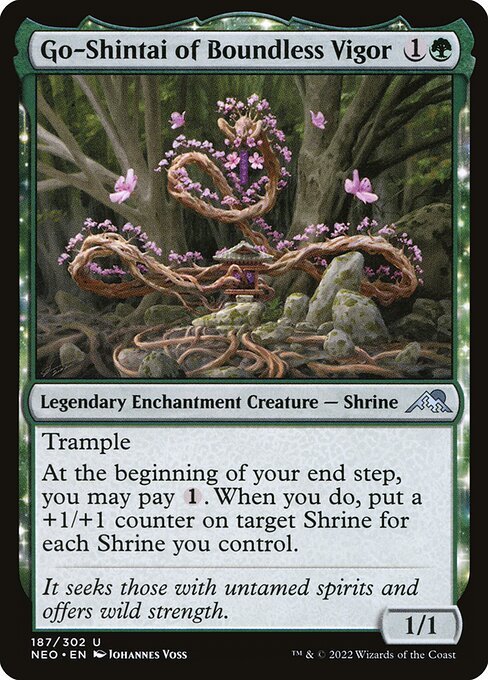
Go-Shintai of Boundless Vigor
It seeks those with untamed spirits and offers wild strength.
Artist: Johannes Voss TCG Player Link Scryfall Link EDHREC Link
#mtg#magic the gathering#tcg#$0.18#johannes voss#go-shintai of boundless vigor#kamigawa: neon dynasty#legendary#enchantment#creature#shrine
26 notes
·
View notes
Text
Jude Jazza’s 2nd Birthday: “The Cursed Moon Within His Merciless Arms” Chapter 1

MDNI. This is a fan translation. 100% accuracy cannot be guaranteed. Please expect grammatical errors and lack of nuance. Cybird owns everything. Re-blogs are appreciated, but please do not repost or claim my translations as your own. Thank you for your support! ☾⋆


In these crazy days, it’s impossible to remember everything that occurs.
A week ago, a month ago, a year ago….I don’t think there are many who remember exactly what they were doing.
….But, everyone should be able to remember a piece of something that stood out to them.
Just as the moon waxes and wanes, so its’ brilliant face gradually changes.
If I could choose which part of each day I’d want to illuminate and etch it into my mind…..I’d illuminate it’s happiness.
That feeling becomes even stronger on the birthday of someone precious to me.
Kate: Mngh….
When I woke up in bed that morning, I saw Jude sleeping next to me, and I couldn’t help but melt.
I’d heard that he’d be busy at Raven company last night, and might be unable to come home….
I’m so happy he came back during the night and slept next to me.
(Today’s Jude’s birthday)
(I wanted to say “Happy Birthday” before anyone else, so I’m glad you came back.)
Jude: …..
Jude breathed peacefully in his sleep and showed no signs of waking.
(….He seems exhausted, I’ll let him sleep a bit longer.)
Careful not to make any noise, I started to sneak out of bed.
Despite that, Jude pulled me back from my waist and locked me in arms.
Kate: Jude….?
Jude: Cold.


Even with that limited explanation, it’s clear that he’s holding me back….
Kate: Do you want me to keep you warm?
Kate: Or maybe it’s just an excuse to cling to me?
I was so happy that Jude wanted me that I ended up teasing him without meaning to.
Kate: ….Oof!
Immediately, his arms squeezed me so tightly that my joints creaked, and I let out a groan.
身体が軋み “Shintai ga kishimi” = body creaks, changed to joints creaked
Jude: Must be half asleep for sayin’ such thin’s aintcha?
Kate: Ugh, that hurts…..! I just woke up, so please overlook my groggy comment….!
When I slapped Jude’s constricting arms as a sign of surrender, they finally loosened.
Jude: Woke up early this mornin’ hearin’ yer stupid comment.
Kate: …..It’s invigorating to wake up to the sound of your beloved’s voice. Good morning.
Kate: Oh, and Happy Birthday!
Jude: ….Yeah, thanks.


Jude replied disinterestedly as he sat up.
Kate: By the way, are you free today?
Even though I told him ahead of time that I wanted to spend his birthday together,
Jude has to pencil things into his schedule, so I asked him again.
Jude: Gotta business meetin.’ But….another employee can handle it.
Jude: I can take off work ‘n spend time with ya.
Jude: On the other hand -
Jude grabbed chin and pierced me with his provocative amethyst eyes.
Jude: — Can ya satisfy me ‘nough for the whole day, princess?
Kate: ….That’s what I plan to do!


After a light breakfast at a restaurant, we headed into town.
On his first birthday since becoming Jude’s girlfriend, my heart brimmed with excitement and my steps felt light.
However, the happy feeling was brief…..
Tanned Man: Where’d he go?! Jude Jazza!
Neurotic Looking Man: We have him cornered, he shouldn’t have gone far. You lot hurry up and find him!
Neurotic Looking Man: Don’t think you’ll get away…..I’ll kill you!
Although it was his precious birthday, we were hiding in the shadows of an alley.
Kate: ….Jude, who are they?
Jude: Buncha marine insurance guys runnin’ a shady business.
Jude: Even if an accident occurs, they’re known for not payin’ out, claimin’ it ain’t covered.


Jude: It was interferin’ with business ‘n an eyesore, so last month I dug up information ‘n sank ‘em.
Kate: And so that’s why they’ve got it out for you….
Kate: ….We could more or less escape. That house over there belongs to an older woman I was close to as postwoman.
I pointed to a house with a red roof on the other side of the wall.
Kate: I think if I ask, we can enter the back door and exit the front door onto the main street without be detected.
Jude: Then enterin’ the main road, we can blend into the crowd ‘n make a getaway.
Jude: ….What? Seems like ya wanna say somethin’ else.
(Naturally, Jude knows what I’m thinking.)
Kate: Even if we do get away, your enemies will likely target you again Jude….
Kate: The other option is to meet them head on.
I pulled up my skirt that I bought to wear specifically for Jude’s birthday.
A small gun was strapped to my thigh in it’s holster.
Kate: Don’t you think they should be held responsible for ruining your birthday?


Jude: Ha…such a dangerous woman.
Kate: The person I fell in love with is dangerous.
At my retort, Jude’s lips curled with amusement.
Jude: ….Oh yeah. Well then, whatcha gonna show me?

[Story Master List] [Chapter 2] Dividers: @.natimiles
Tags list: @sh0jun @theimaginativelyreticent @sapphire-323 @velisle @nateko @greatwitchsongsinger @cosmowgyrall. @lunaaka @injudescoat @aeyumicore @complexivelovely
230 notes
·
View notes
Text

Here’s our MTGinktober for “Sparkle,” starring Anikthea, Hand of Erebos and Go-Shintai of Lost Wisdom! You're really under no obligation to solve these riddle-culous conundrums--just walk away!
Click this post’s Source link for this piece’s Making-Of.
More MTGinktober here.
Daily art updates on Instagram and Twitter.
Reuxben
#Reuxben#MTGinktober#Inktober#Magic: The Gathering#Anikthea Hand of Erebos#Go-Shintai of Lost Wisdom#Sanctum of Calm Waters#Theros#Algenpfleger#Kamigawa#Artists on Tumblr#Illustration#Inktober 2023#MTG Fan Art#Black and White#Traditional Art
18 notes
·
View notes
Text

Still working on this piece; noodling on the background at the moment! For the full WIP:
#reubenyeoart#kofi#exclusive#wip#digital art#fantasy art#illustration#fanart#magic the gathering#go shintai
5 notes
·
View notes